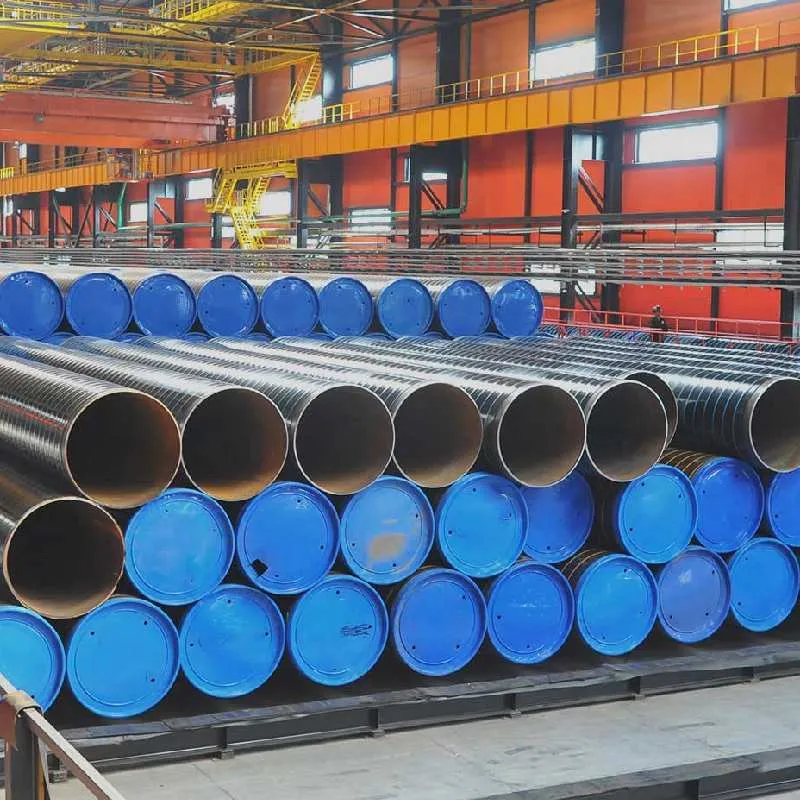-
Cangzhou Yulong Steel Co., Ltd.
-
Phone:
+86 13303177267 -
Email:
admin@ylsteelfittings.com
- English
- Arabic
- Italian
- Spanish
- Portuguese
- German
- kazakh
- Persian
- Greek
- French
- Russian
- Polish
- Thai
- Indonesian
- Vietnamese
- Zulu
- Korean
- Uzbek
- Hindi
- Serbian
- Malay
- Ukrainian
- Gujarati
- Haitian Creole
- hausa
- hawaiian
- Hebrew
- Miao
- Hungarian
- Icelandic
- igbo
- irish
- Japanese
- Javanese
- Kannada
- Khmer
- Rwandese
- Afrikaans
- Albanian
- Amharic
- Armenian
- Azerbaijani
- Basque
- Belarusian
- Bengali
- Bosnian
- Bulgarian
- Catalan
- Cebuano
- China
- China (Taiwan)
- Corsican
- Croatian
- Czech
- Danish
- Esperanto
- Estonian
- Finnish
- Frisian
- Galician
- Georgian
- Kurdish
- Kyrgyz
- Lao
- Latin
- Latvian
- Lithuanian
- Luxembourgish
- Macedonian
- Malgashi
- Malayalam
- Maltese
- Maori
- Marathi
- Mongolian
- Myanmar
- Nepali
- Norwegian
- Norwegian
- Occitan
- Pashto
- Dutch
- Punjabi
- Romanian
- Samoan
- Scottish Gaelic
- Sesotho
- Shona
- Sindhi
- Sinhala
- Slovak
- Slovenian
- Somali
- Sundanese
- Swahili
- Swedish
- Tagalog
- Tajik
- Tamil
- Tatar
- Telugu
- Turkish
- Turkmen
- Urdu
- Uighur
- Welsh
- Bantu
- Yiddish
- Yoruba

Nov . 20, 2024 03:57 Back to list
bending thin wall stainless tubing
Bending Thin Wall Stainless Steel Tubing Techniques and Considerations
When it comes to fabricating and manipulating materials for specific applications, bending thin wall stainless steel tubing is a critical process in industries ranging from automotive to construction and furniture design. This process requires both technical expertise and an understanding of the properties of stainless steel, especially when dealing with thin-walled sections. In this article, we will explore the various techniques used, challenges faced, and best practices to ensure successful bends in thin wall stainless steel tubing.
Understanding the Material Properties
Stainless steel is renowned for its corrosion resistance, strength, and durability. Thin wall stainless steel tubing, typically characterized by wall thicknesses under 1.5 mm (0.060 inches), presents unique challenges when bending. The thinner the wall, the more susceptible the material is to deformation, such as flattening or wrinkling. Thus, understanding the mechanical properties of the specific grade of stainless steel being used—whether it is 304, 316, or another alloy—is crucial since different grades exhibit varying levels of strength and flexibility.
Bending Methods
There are several methods for bending thin wall stainless steel tubing, each with its advantages and constraints
1. Mandrel Bending This method involves using a mandrel—a supportive rod inserted into the tube—to maintain its shape during the bending process. Mandrel bending is highly effective for thin-walled tubing, as it minimizes kinking and maintains a uniform bend radius. This technique is particularly beneficial when tight radius bends are required.
2. Rotary Draw Bending This method employs a bending die that moves around a fixed point, drawing the tubing around a former. This process provides excellent control over the bend and is favored in applications where precision is vital. The introduction of a mandrel can enhance the effectiveness of rotary draw bending, especially for thin gauges.
3. Roll Bending Utilized primarily for larger diameter tubes, roll bending involves feeding the tubing through three rollers that create the bend. While effective, this method can sometimes lead to greater wall thinning or deformation for thinner materials, so careful calibration of roller settings is necessary.
4. Heat Induction Bending In this technique, localized heat is applied to the area being bent, allowing for easier manipulation of the tubing without compromising its structural integrity. This method is less common for standard production but can be invaluable for complicated geometries or large angles.
Challenges Encountered
bending thin wall stainless tubing

Bending thin wall stainless steel tubing is not without its challenges. One of the primary issues faced during bending is wall thinning. As the tube is bent, the outer wall experiences tensile stress while the inner wall experiences compressive stress. This differential stress can lead to a reduction in the wall thickness, which may compromise the structural integrity of the component.
Another challenge is wrinkling along the bend area. This can occur if the material is not appropriately supported during the bending process. Using inadequate tooling or performing bends too quickly can exacerbate this problem.
Best Practices for Successful Bending
To achieve optimal results when bending thin wall stainless steel tubing, consider the following best practices
1. Tooling Selection Choose appropriate dies and mandrels that match the tubing diameter and wall thickness. This will help avoid wrinkling and maintain consistent wall thickness.
2. Slow and Steady Implement a slow, controlled bending speed. This allows the material to accommodate the deformation without incurring damage.
3. Pre-Bending Processes Techniques such as pre-heating the material can be beneficial in certain cases, allowing for a smoother bend with reduced risk of fractures.
4. Testing and Quality Control Conduct thorough testing after bending, focusing on aspects such as wall uniformity and structural integrity.
Conclusion
Bending thin wall stainless steel tubing is a specialized skill that demands both knowledge of material properties and the right techniques. By utilizing the correct bending methods and adhering to best practices, manufacturers can create precise and structurally sound components that meet the demands of diverse applications. Whether in the automotive sector, architectural design, or medical equipment manufacturing, expertise in bending techniques can greatly enhance both performance and aesthetic appeal of stainless steel products.
Latest news
-
ANSI 150P SS304 SO FLANGE
NewsFeb.14,2025
-
ASTM A333GR6 STEEL PIPE
NewsJan.20,2025
-
ANSI B16.5 WELDING NECK FLANGE
NewsJan.15,2026
-
ANSI B16.5 SLIP-ON FLANGE
NewsApr.19,2024
-
SABS 1123 FLANGE
NewsJan.15,2025
-
DIN86044 PLATE FLANGE
NewsApr.19,2024
-
DIN2527 BLIND FLANGE
NewsApr.12,2024
-
JIS B2311 Butt-Welding Fittings LR/SR 45°/90° /180°Seamless/Weld
NewsApr.23,2024











